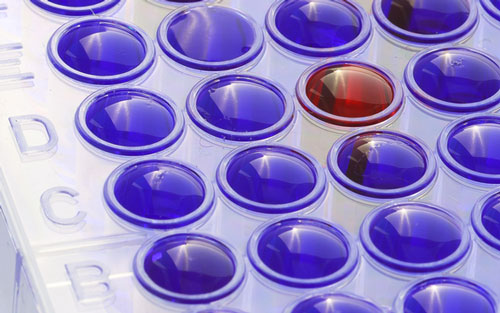Emerging trends in microbiological diagnostics: an introduction to rapid microbiological methods
29 January 2016 | By Adewale Joseph Ogunleye, Adekunle Ajasin University, Akungba Akoko, Ondo State, Nigeria
This article explores how scientists are developing a fast, qualitative and specific technique for the detection and classification of microorganisms...






























